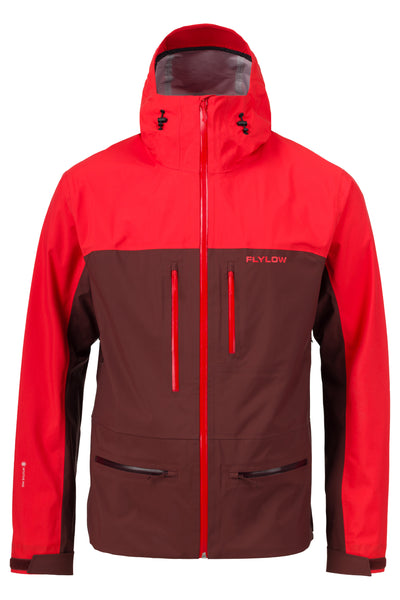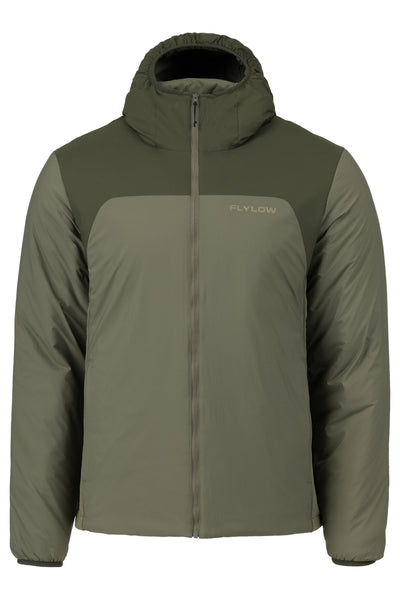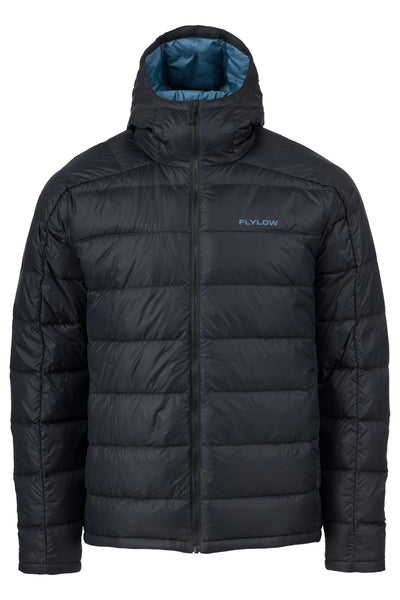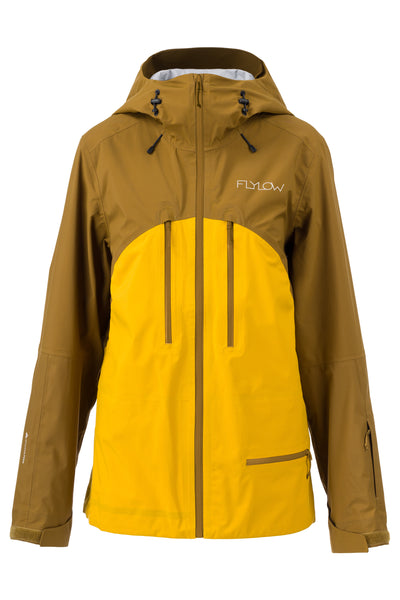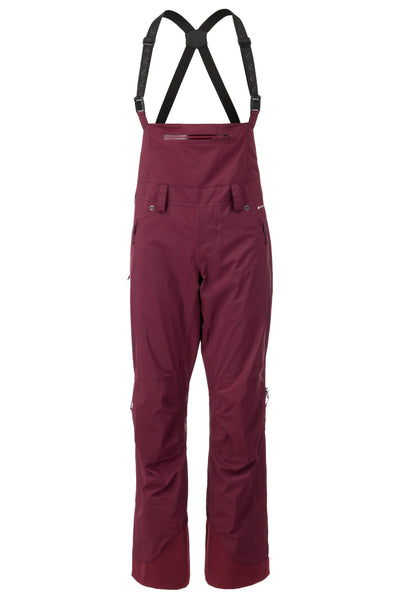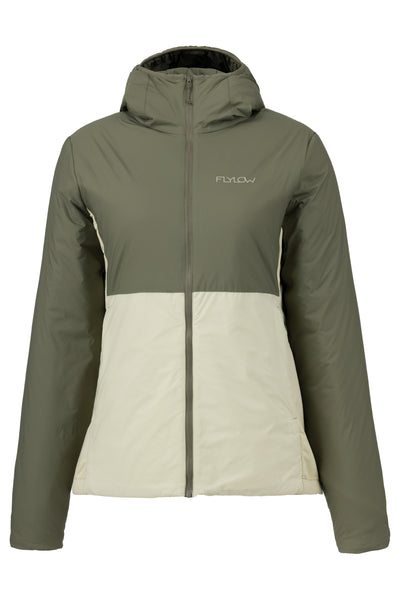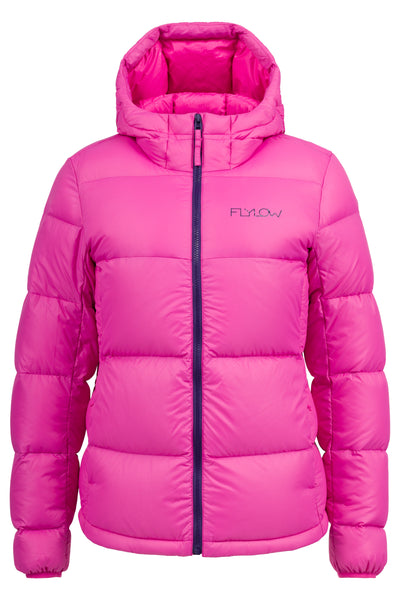Backcountry skiing requires a constantly evolving layering and delayering process. Whether you’re climbing up or skiing pow down, we’ve got suggestions for how to layer properly.
You’re going for a tour in the backcountry, which means your temperature will be constantly fluctuating. You’ll start cold at the trailhead, then you’ll warm up 10 minutes into the hike. When the wind picks up toward the top of the climb, you’ll get chilled again. And at the summit, as you stop moving, that freezing feeling will really set in. On the way down, hopefully skiing effortless powder, you’ll heat back up again. And repeat. Here’s how to layer for all of those situations.
Start with a quick-drying base layer made from a natural fiber, like merino wool, which is designed to wick moisture from your skin and dry quickly if it gets wet. Breathable, quick-drying merino wool always makes a great next-to-skin layer, no matter what you’re up to. The Craigeburn base layer bottoms and Hanmer wool base layer top for men or the women's Hutt base layer bottoms and Temple wool base layer top make for great starting points.
That single layer up top might be enough to skin in, if you run warm, but if you need one more layer for the uphill, add a breathable fleece or a light wind shell. Our Davis Jacket or Pierogi Hoodie for men and Katinka or Sondra Fleece for women are good options. On the bottom, bibs also add a layer of protection on your torso, and give ample pocket space, so those can be a nice option for the backcountry. The Baker Perm or Smythe for men or the always popular Siren or Foxy Bibs for women will have you covered. Or, if you’re not down with a bib, base layer bottoms and a mid-pant like the Compound for men or the versatile Nina Pant for women will do the trick.


